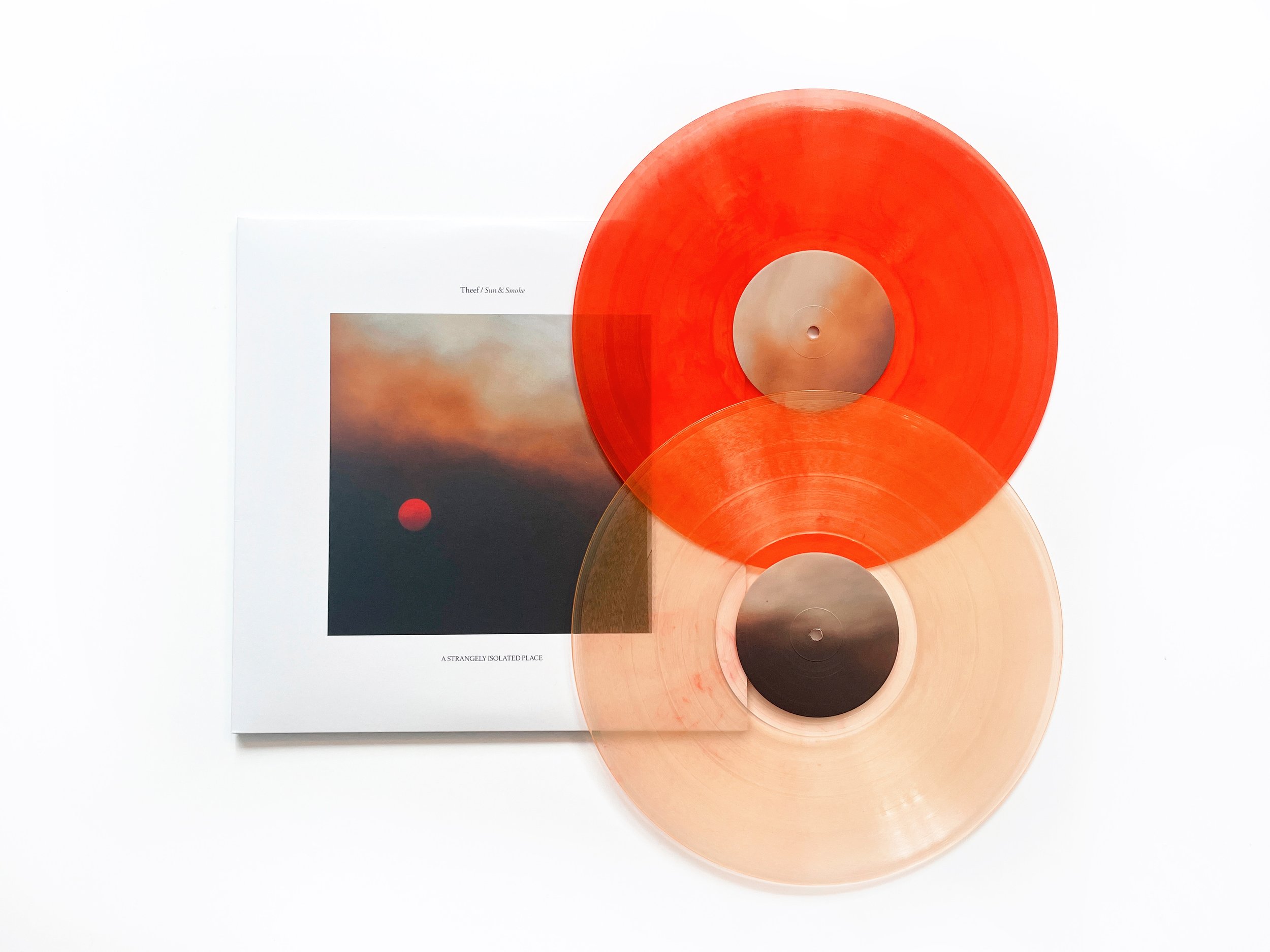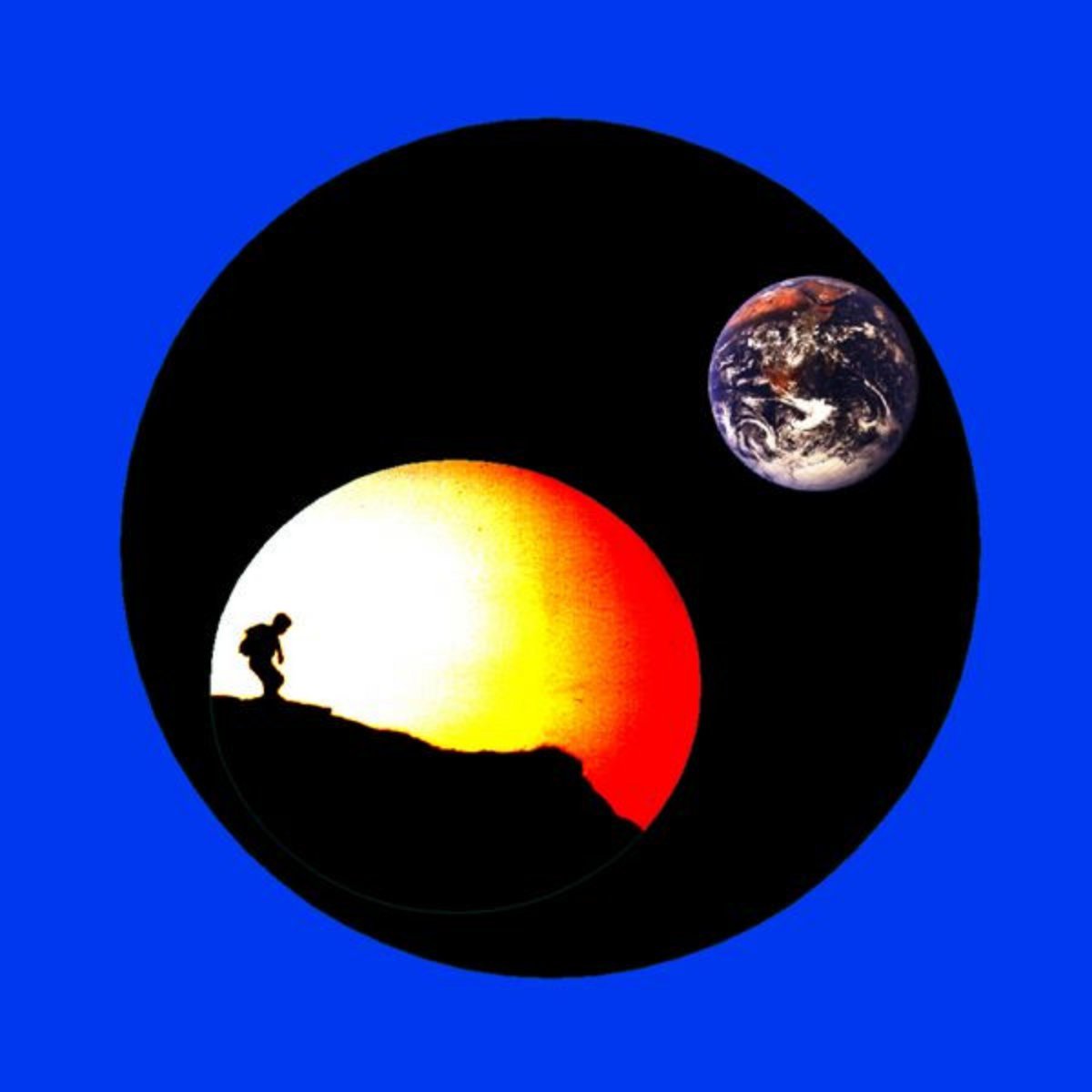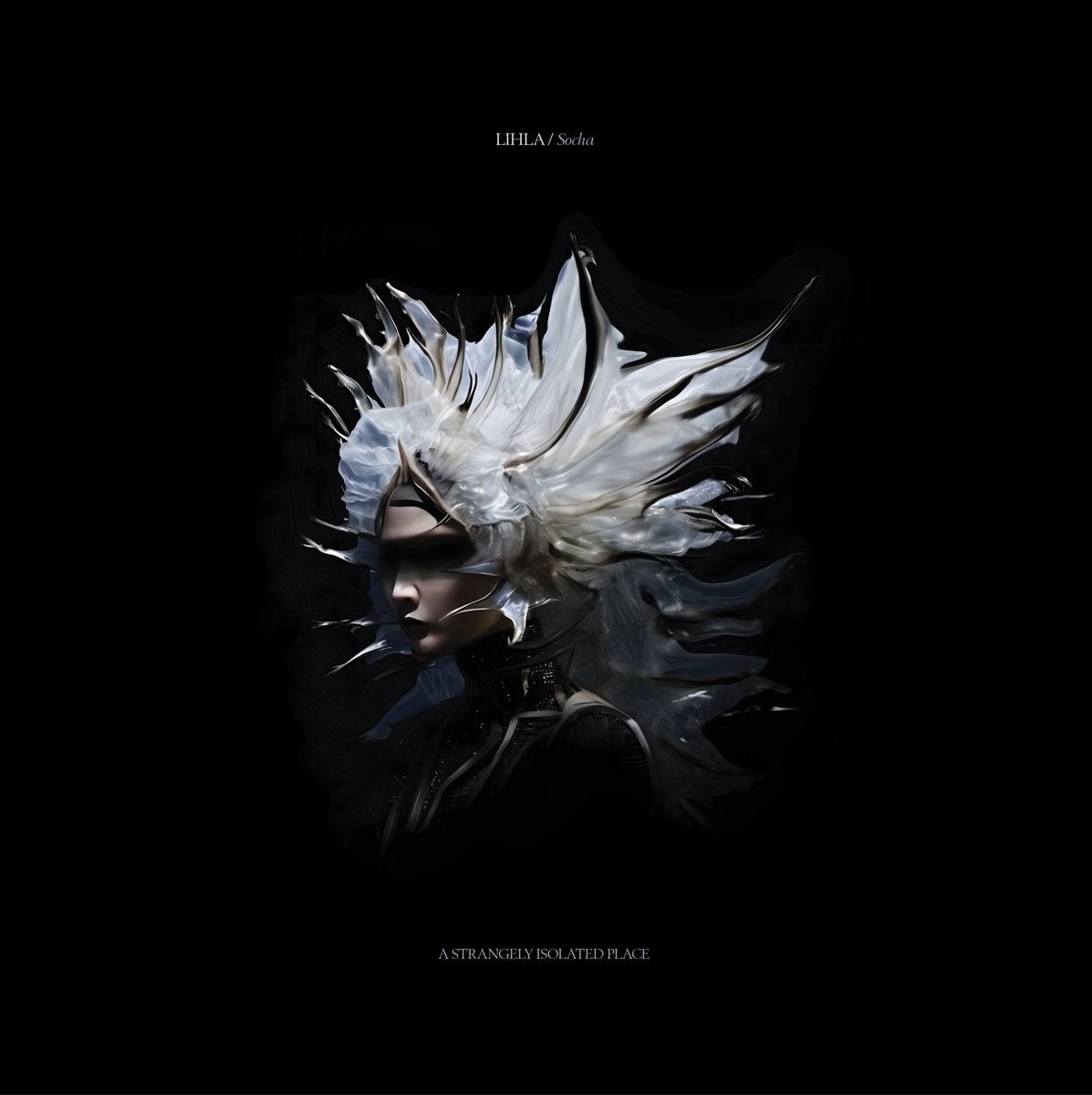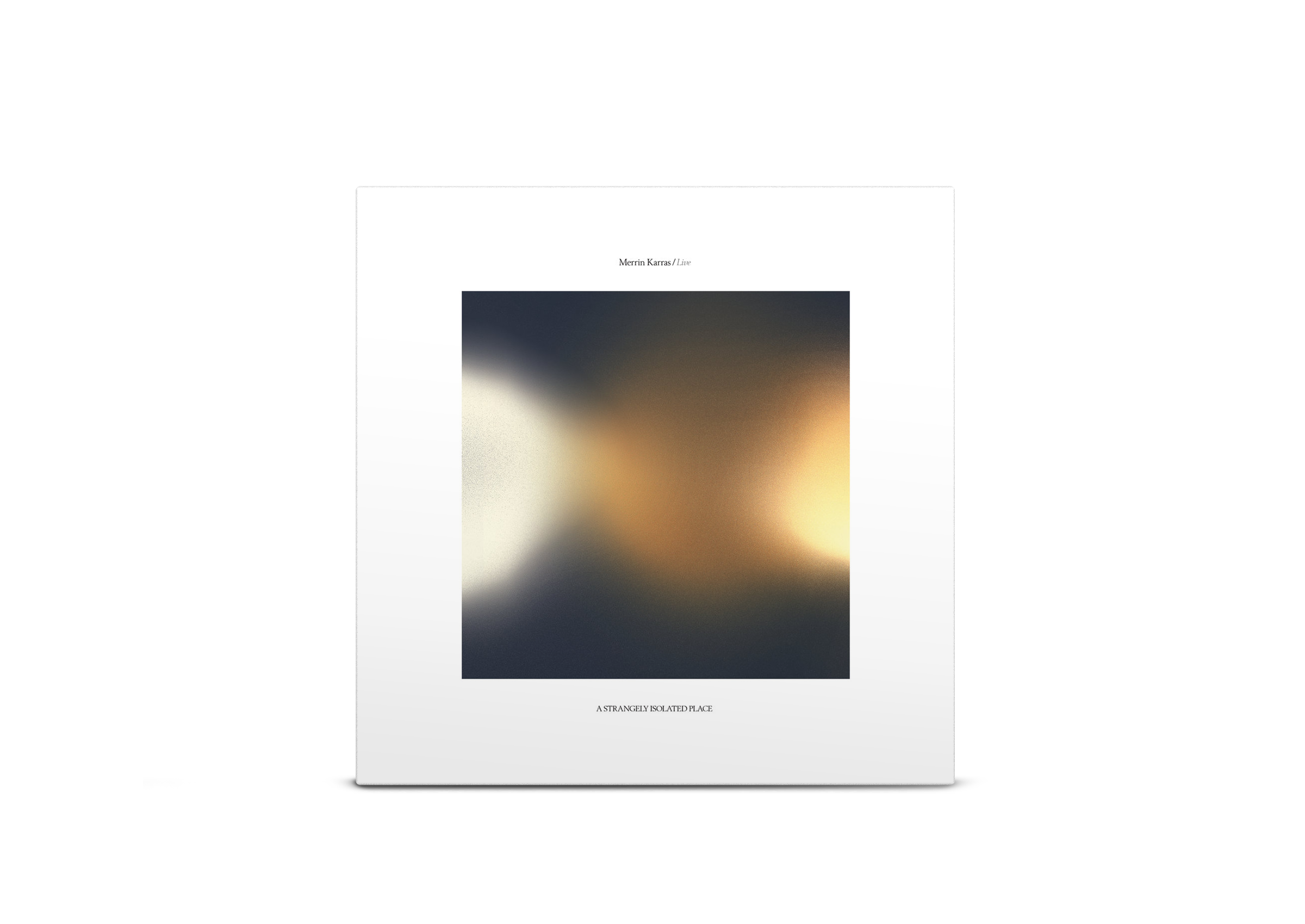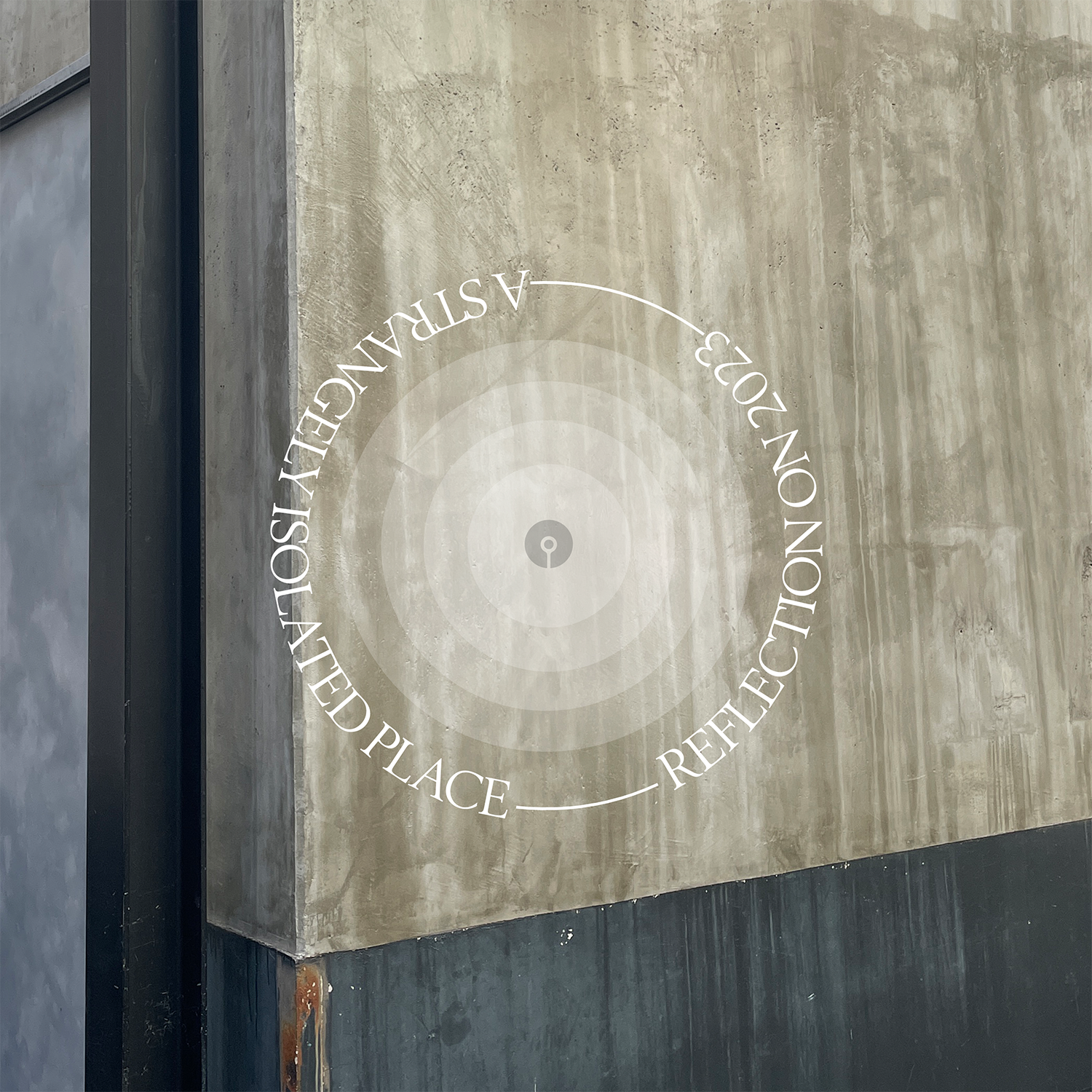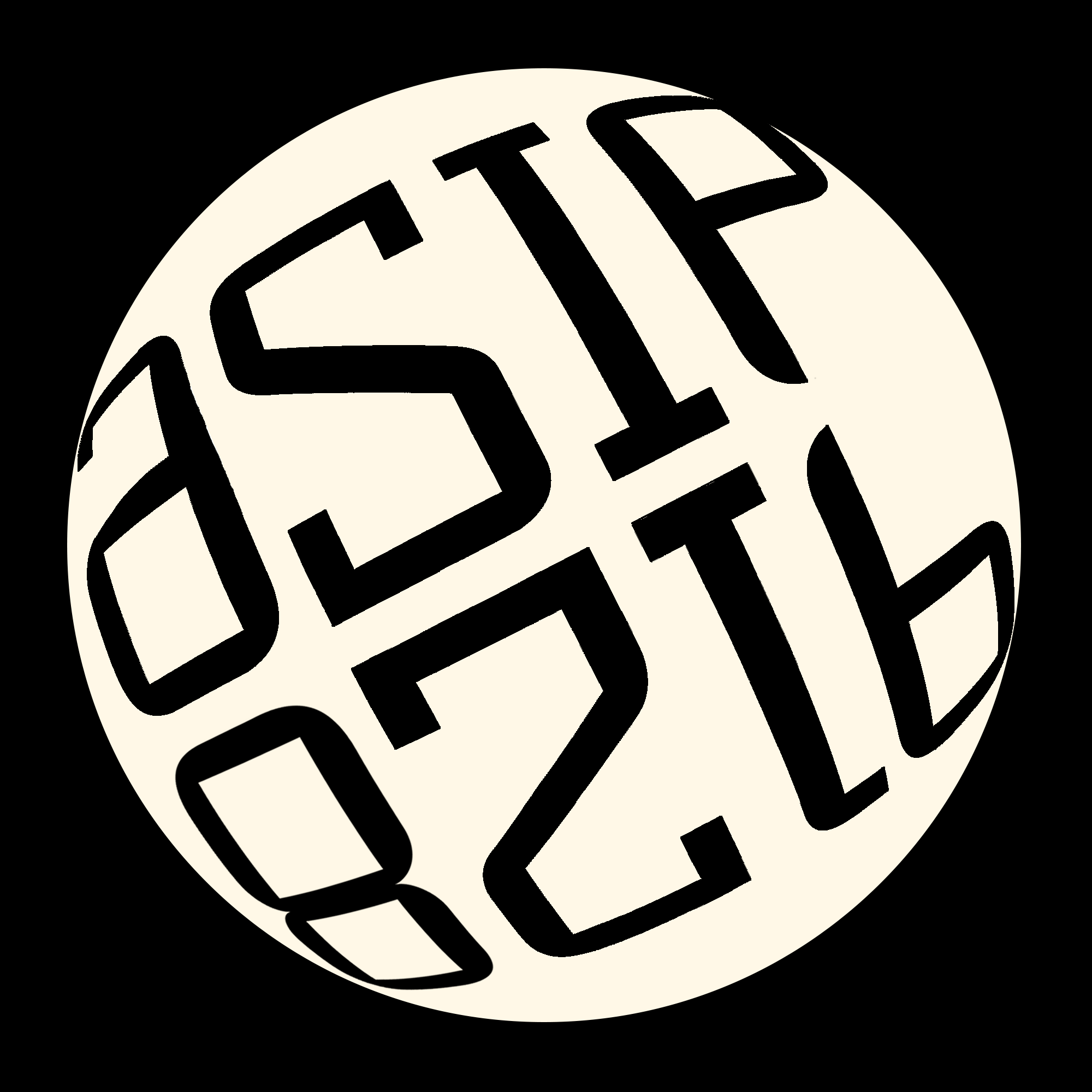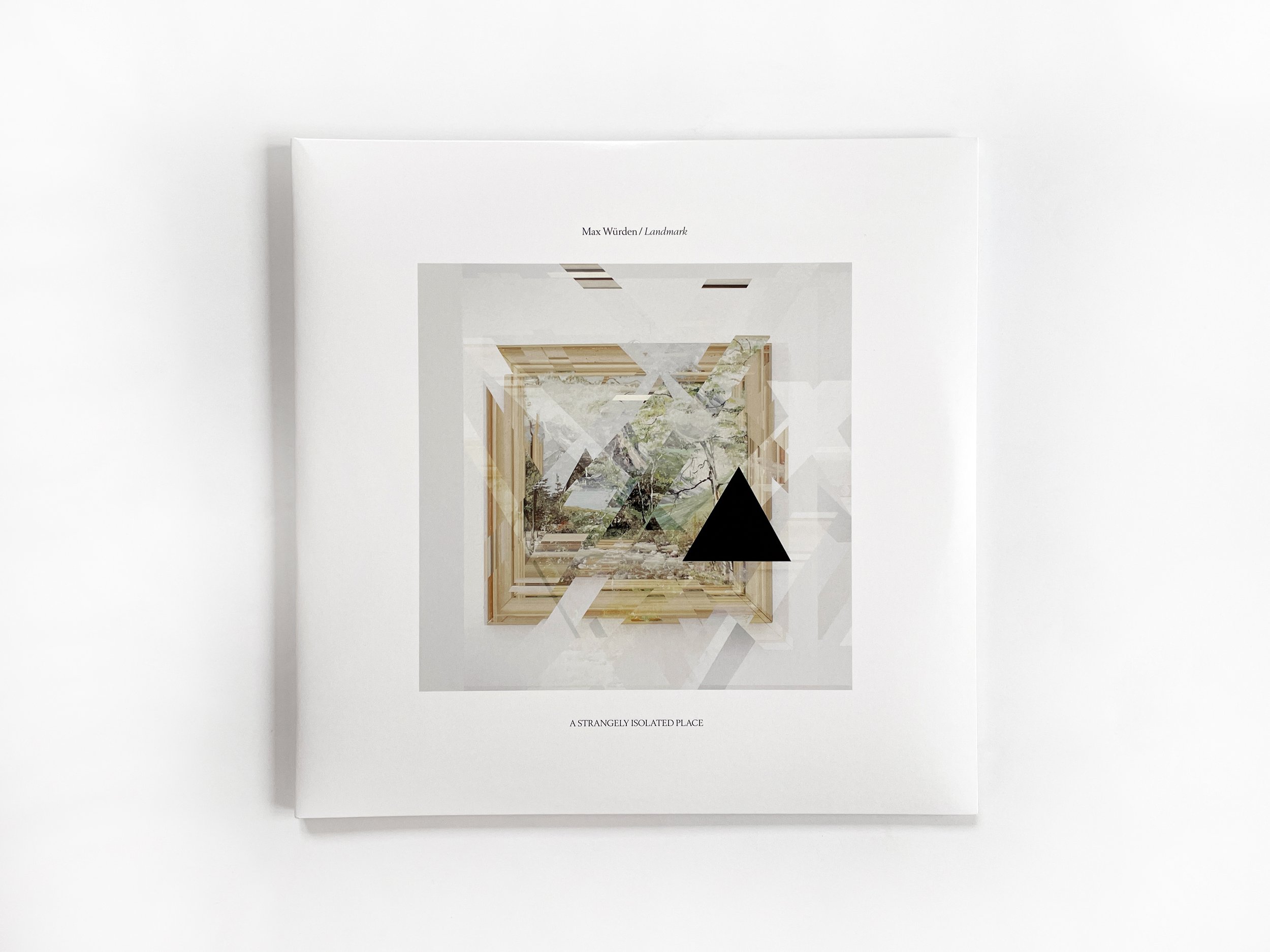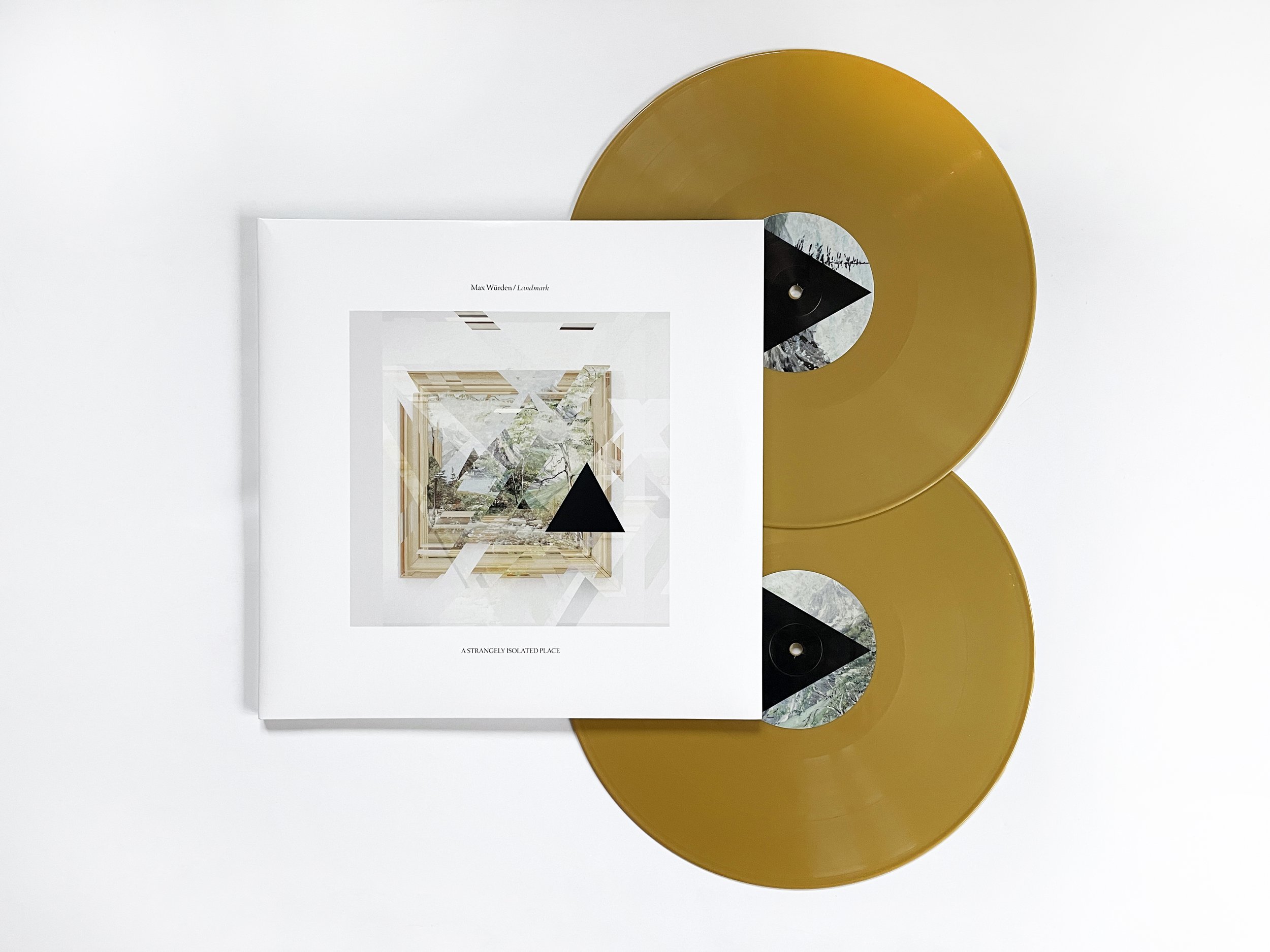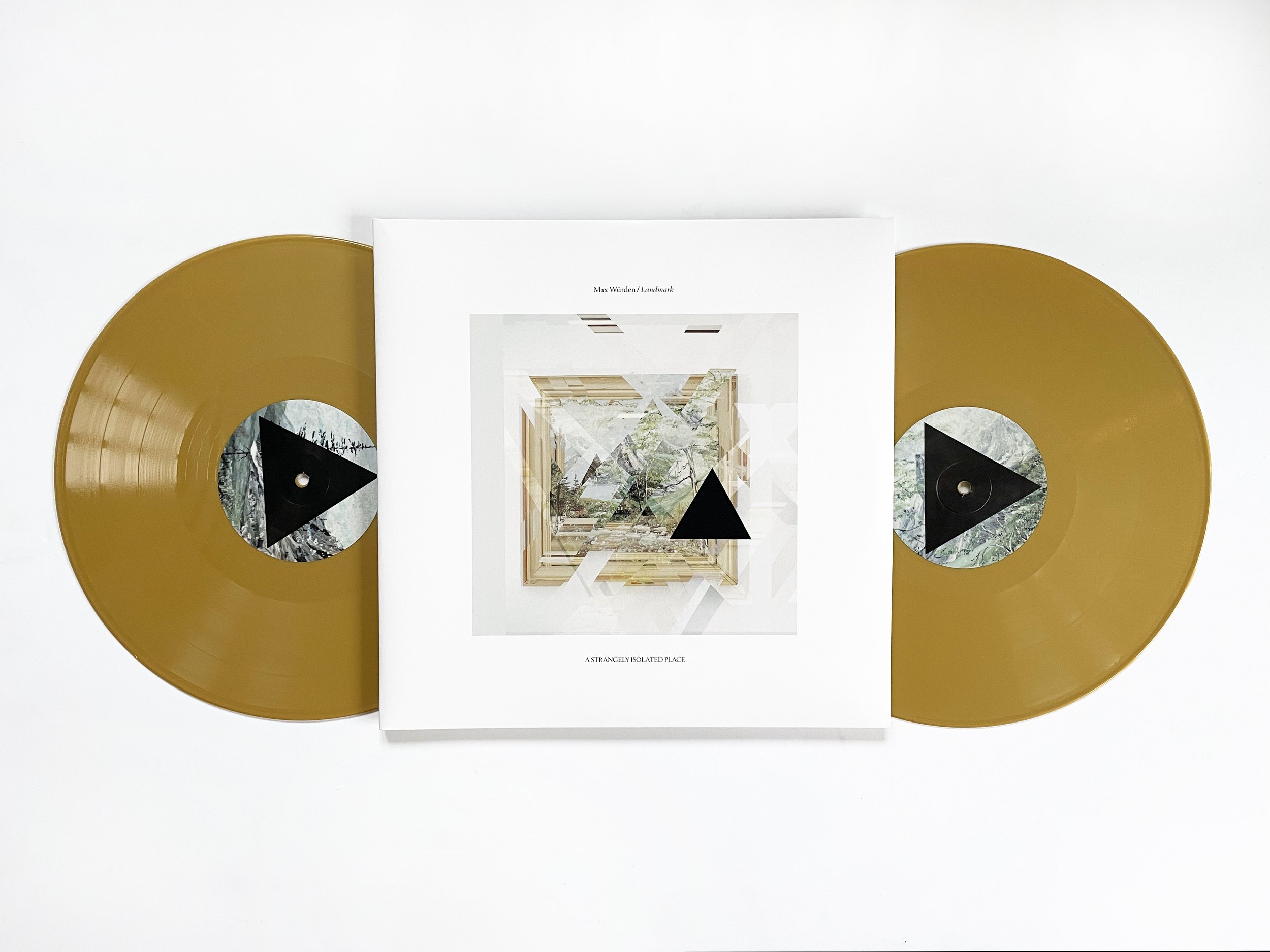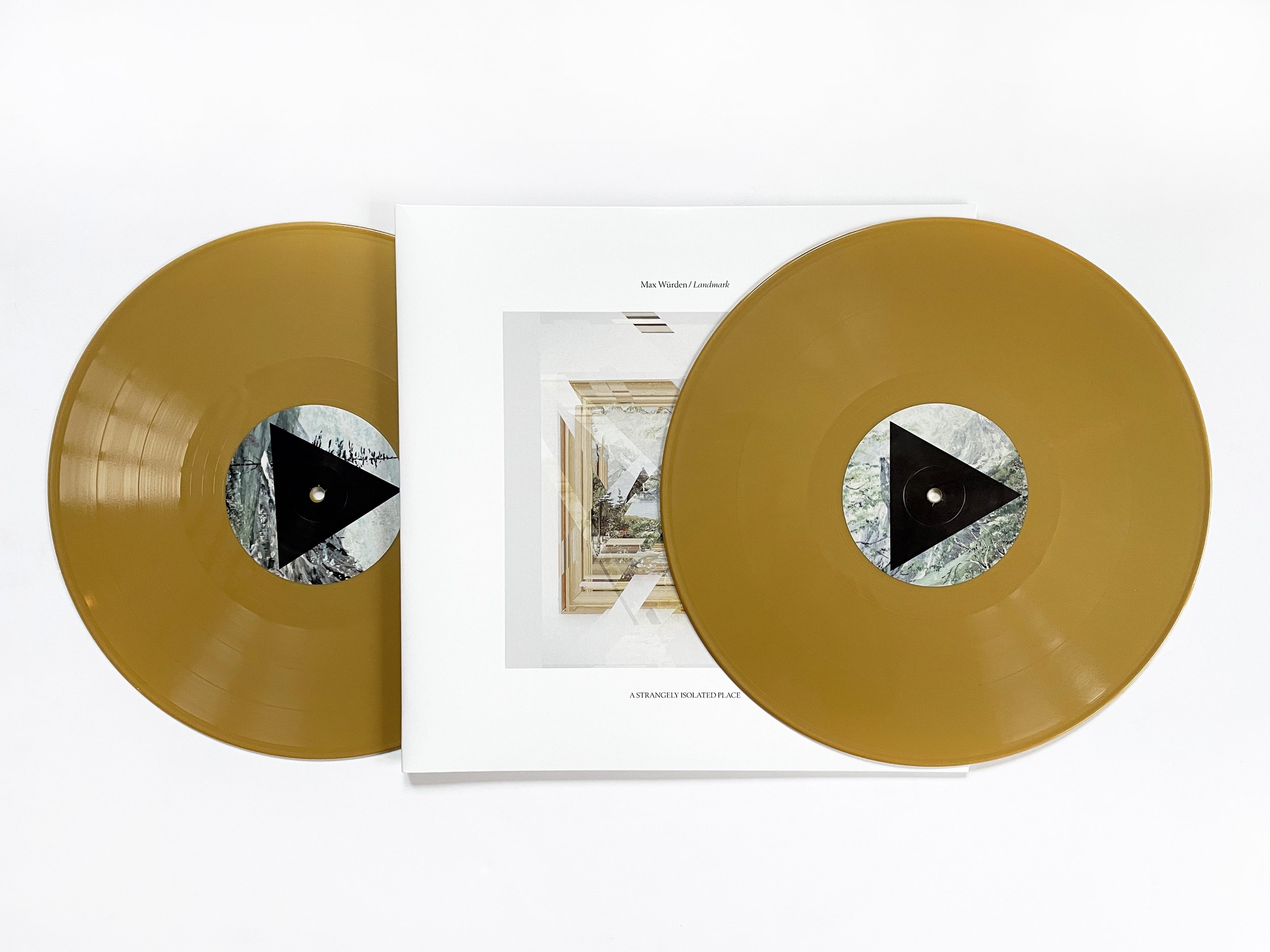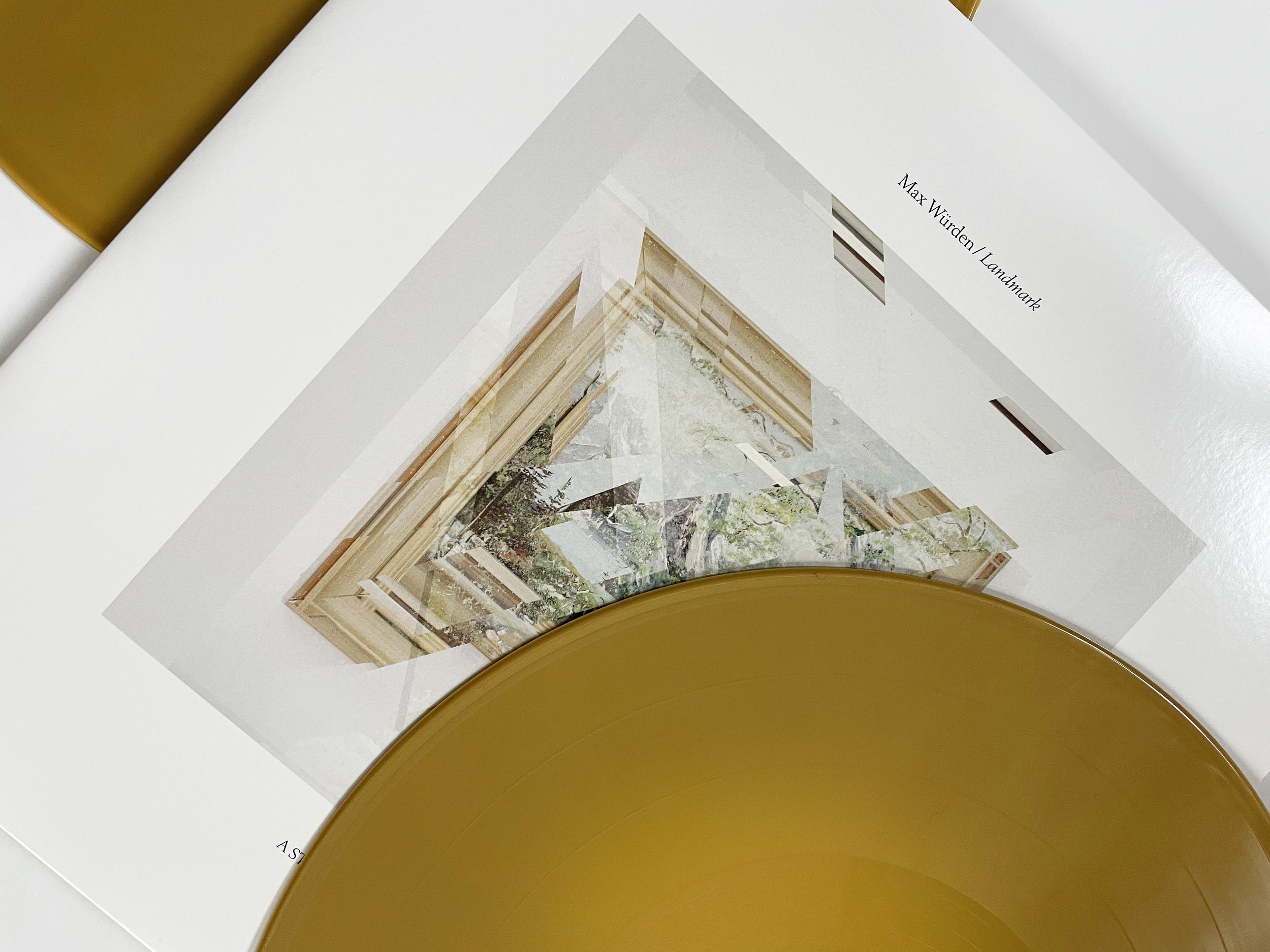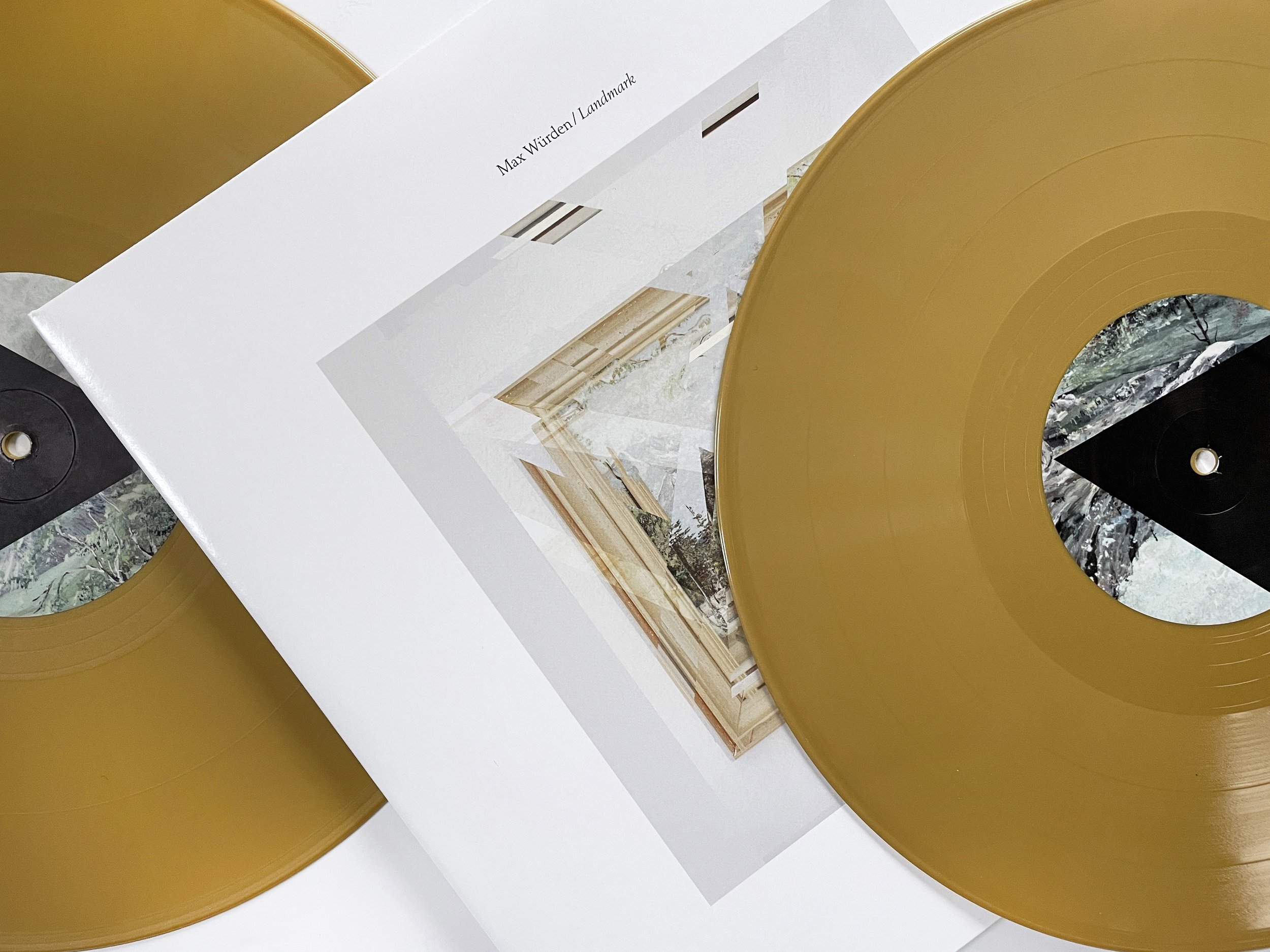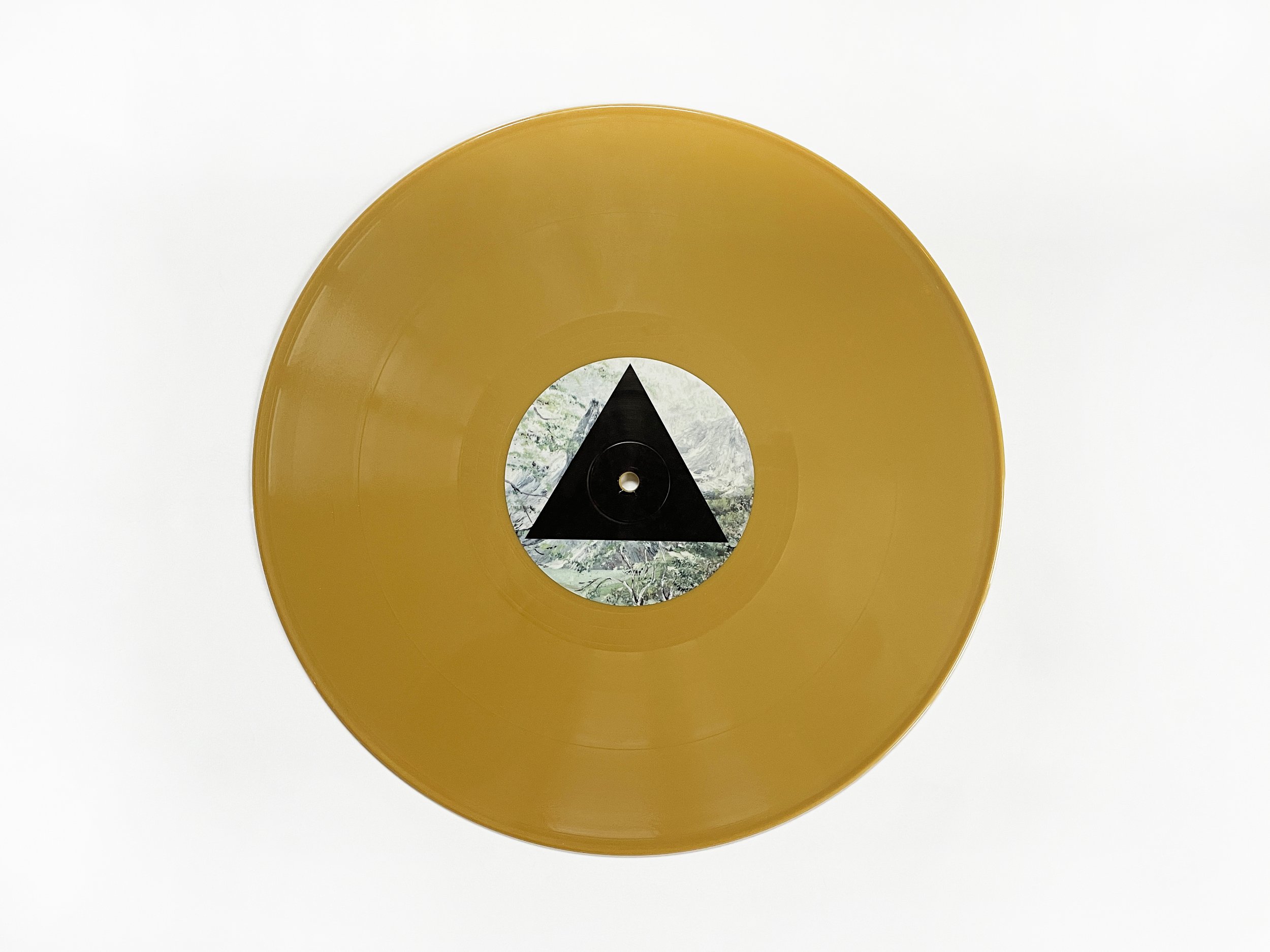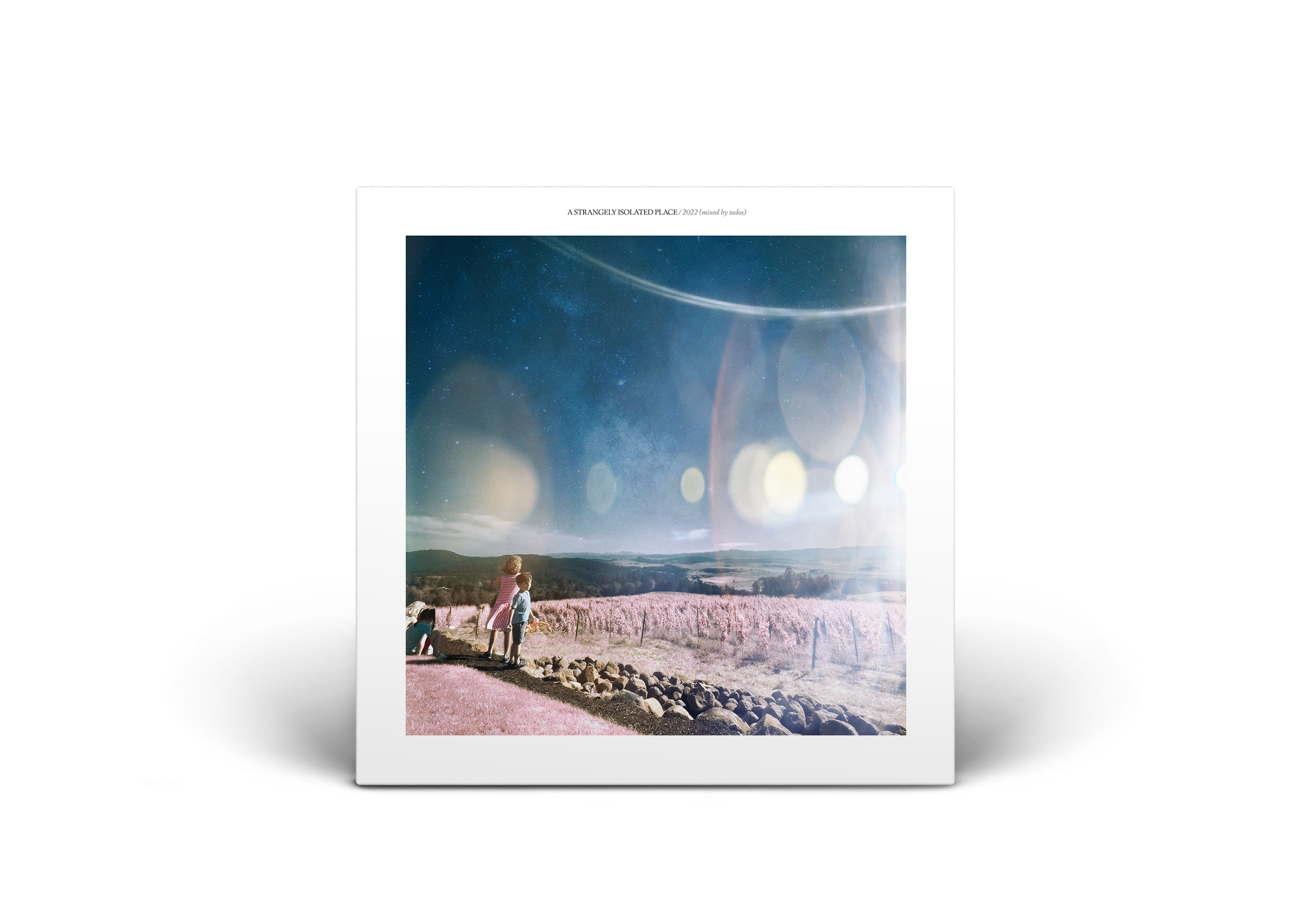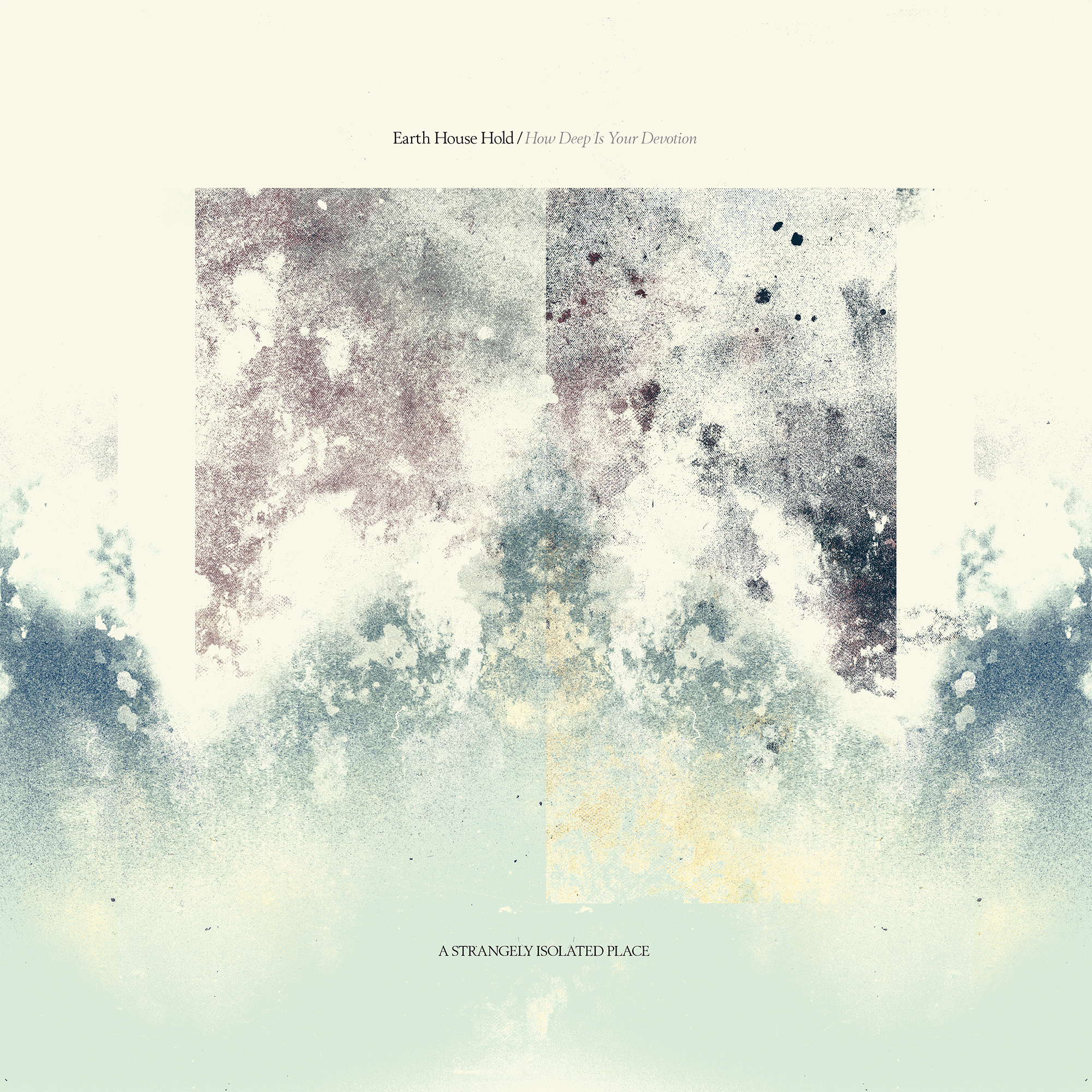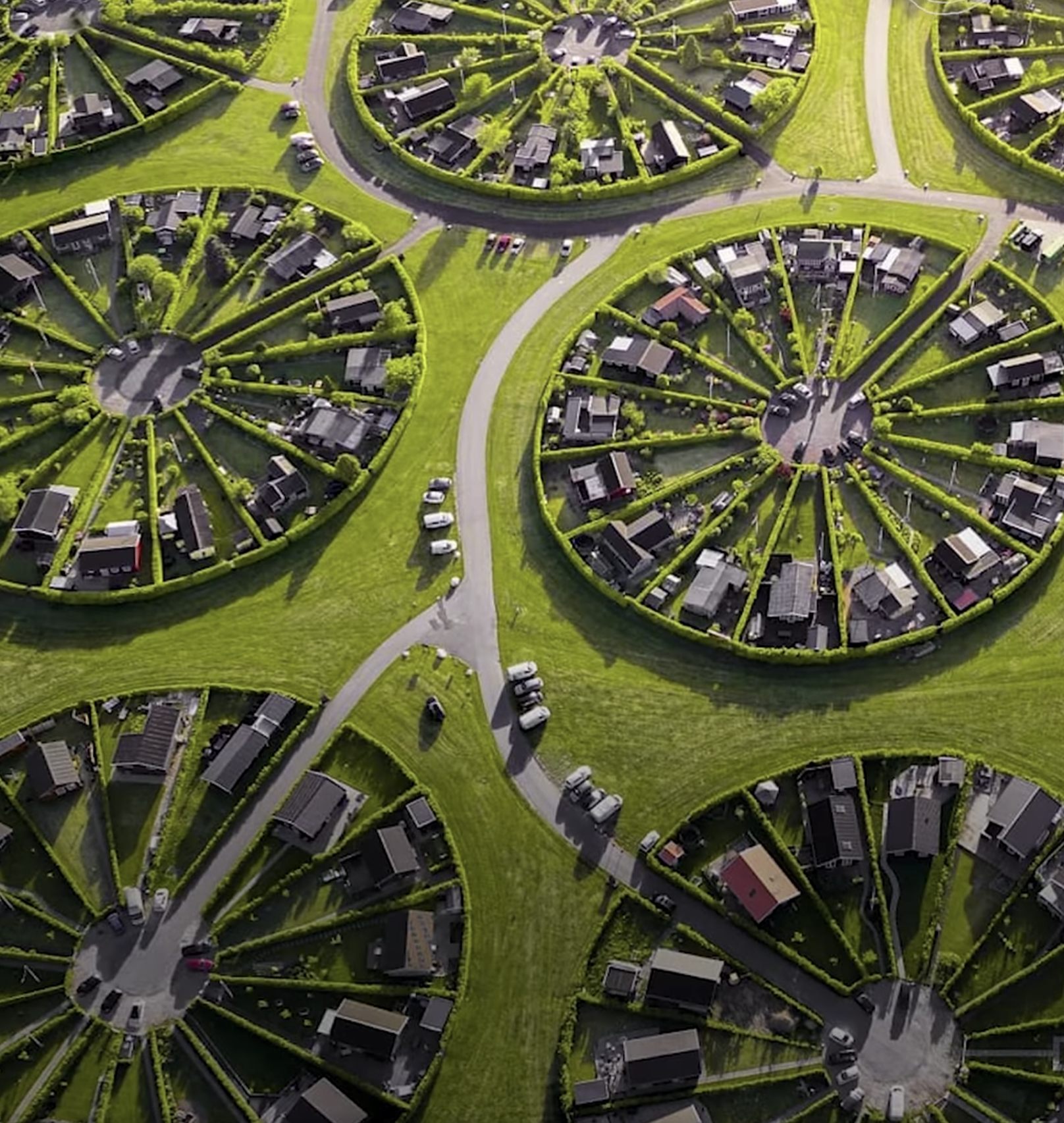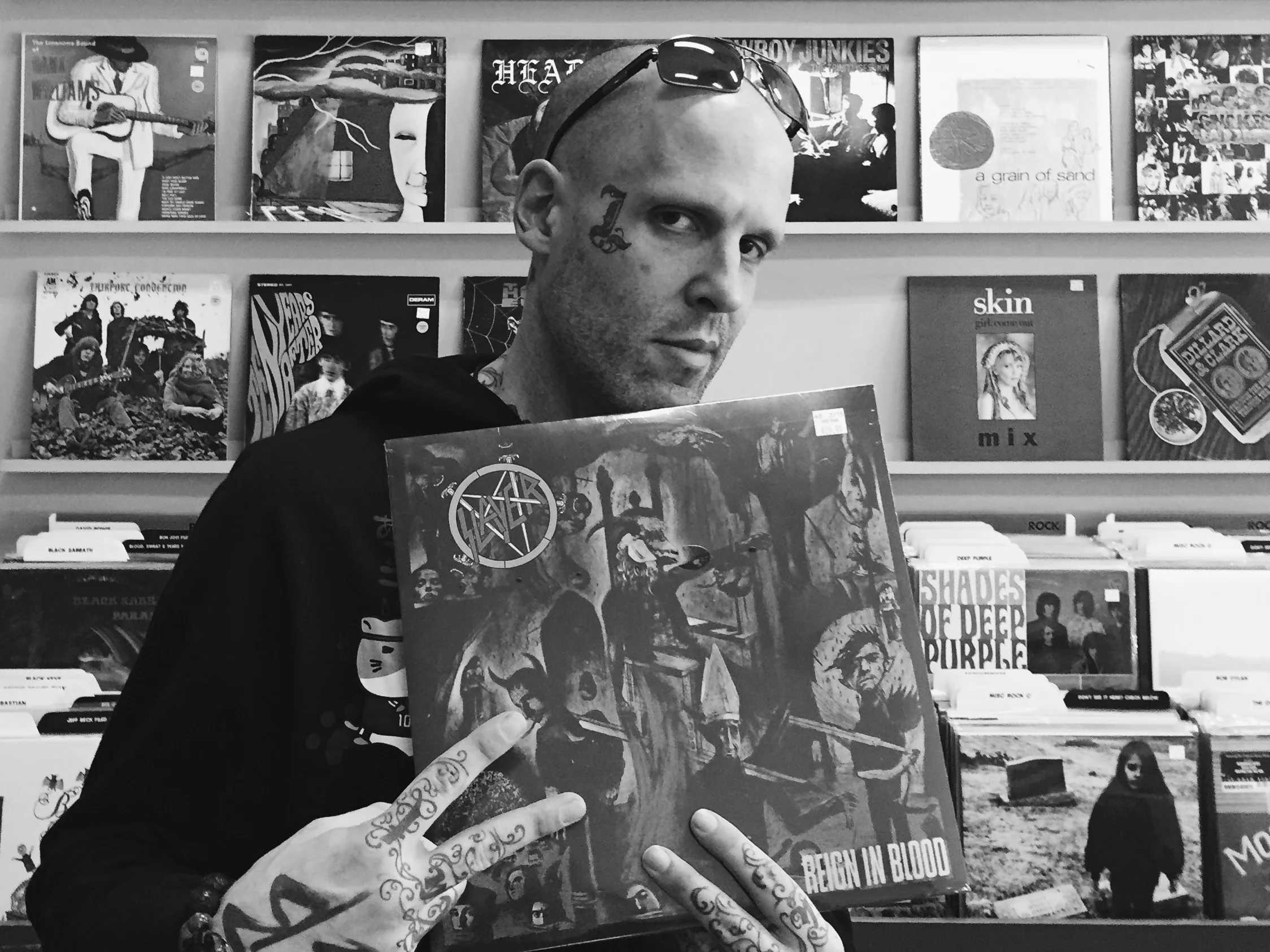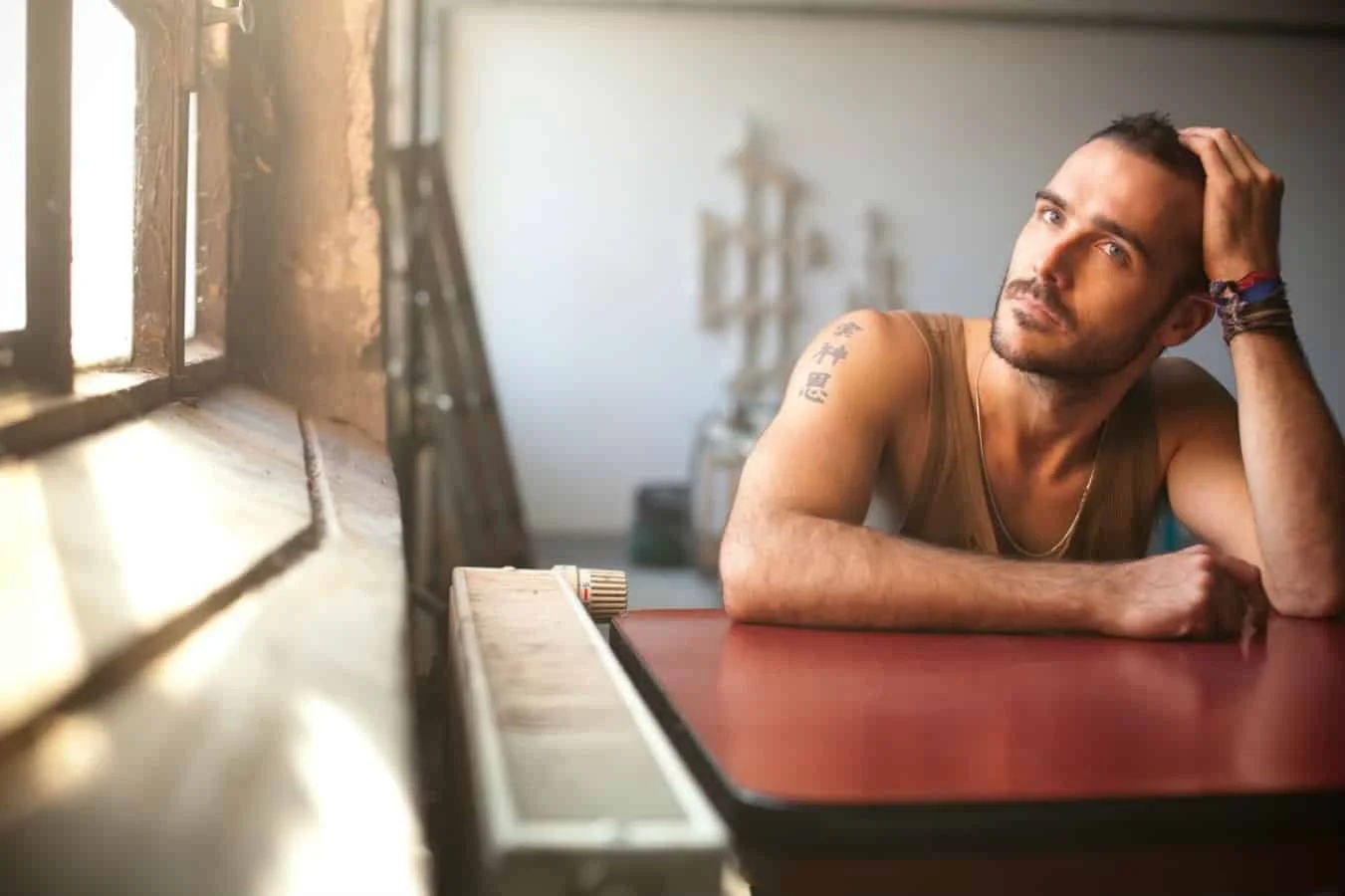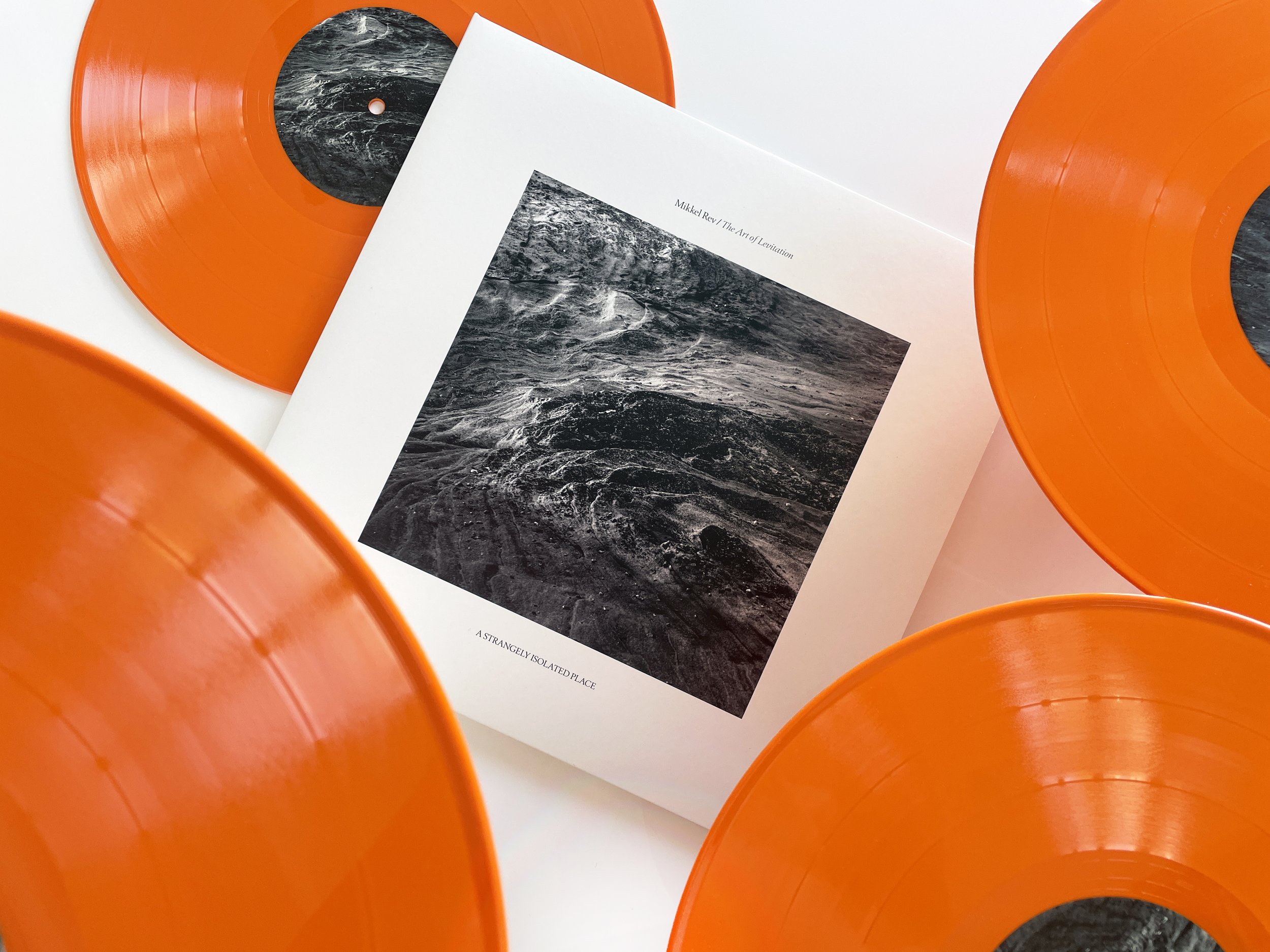
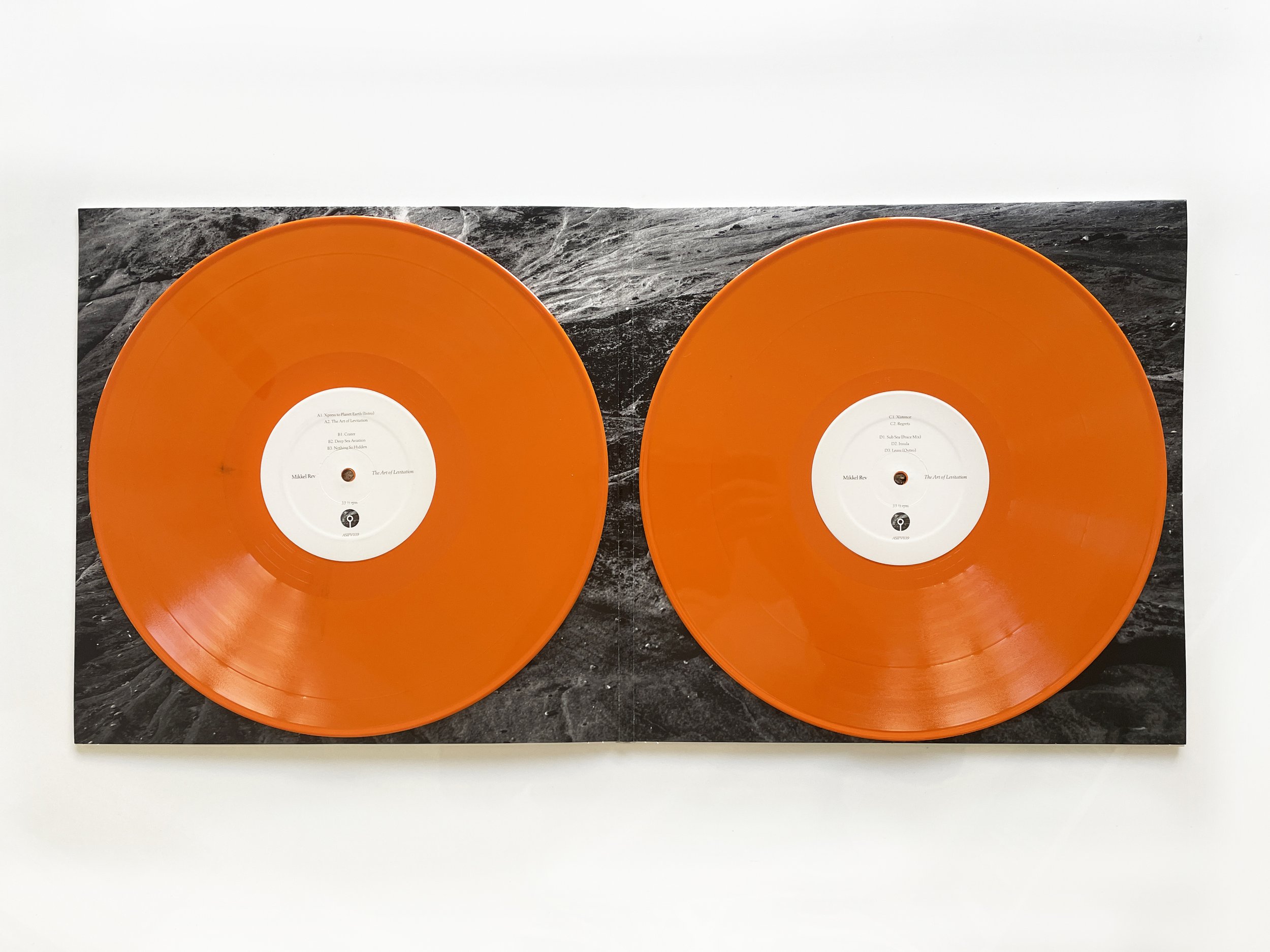
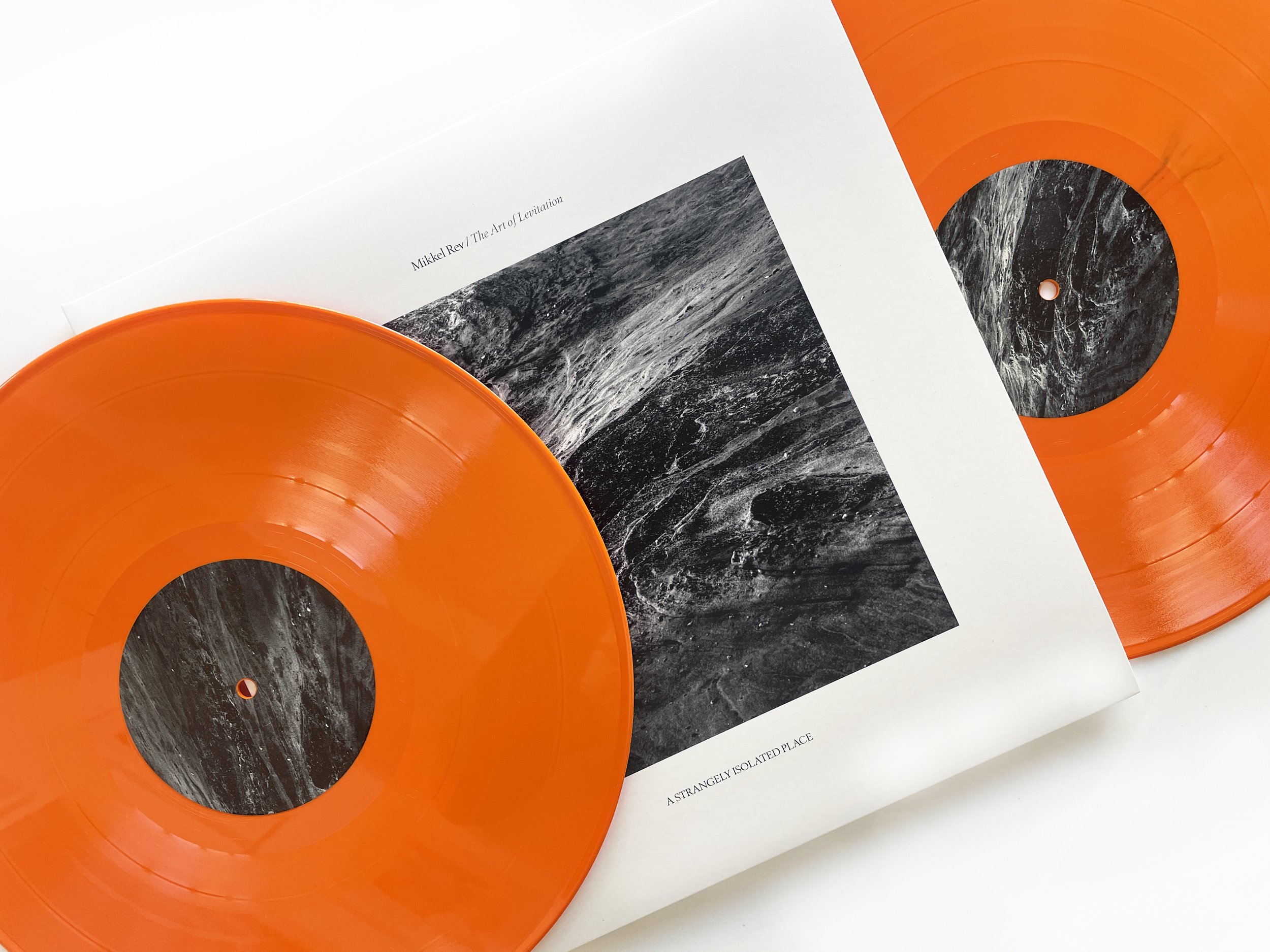

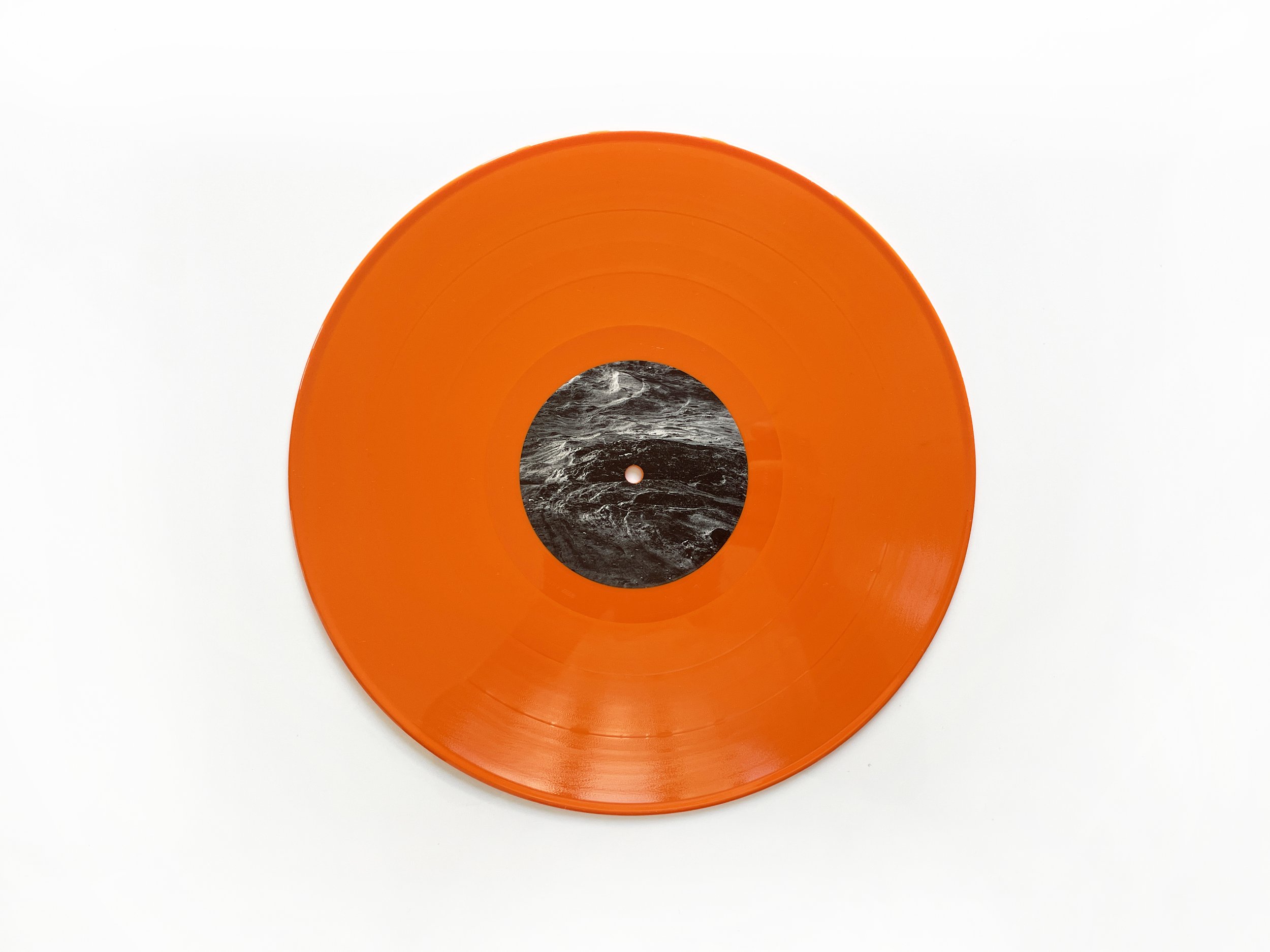
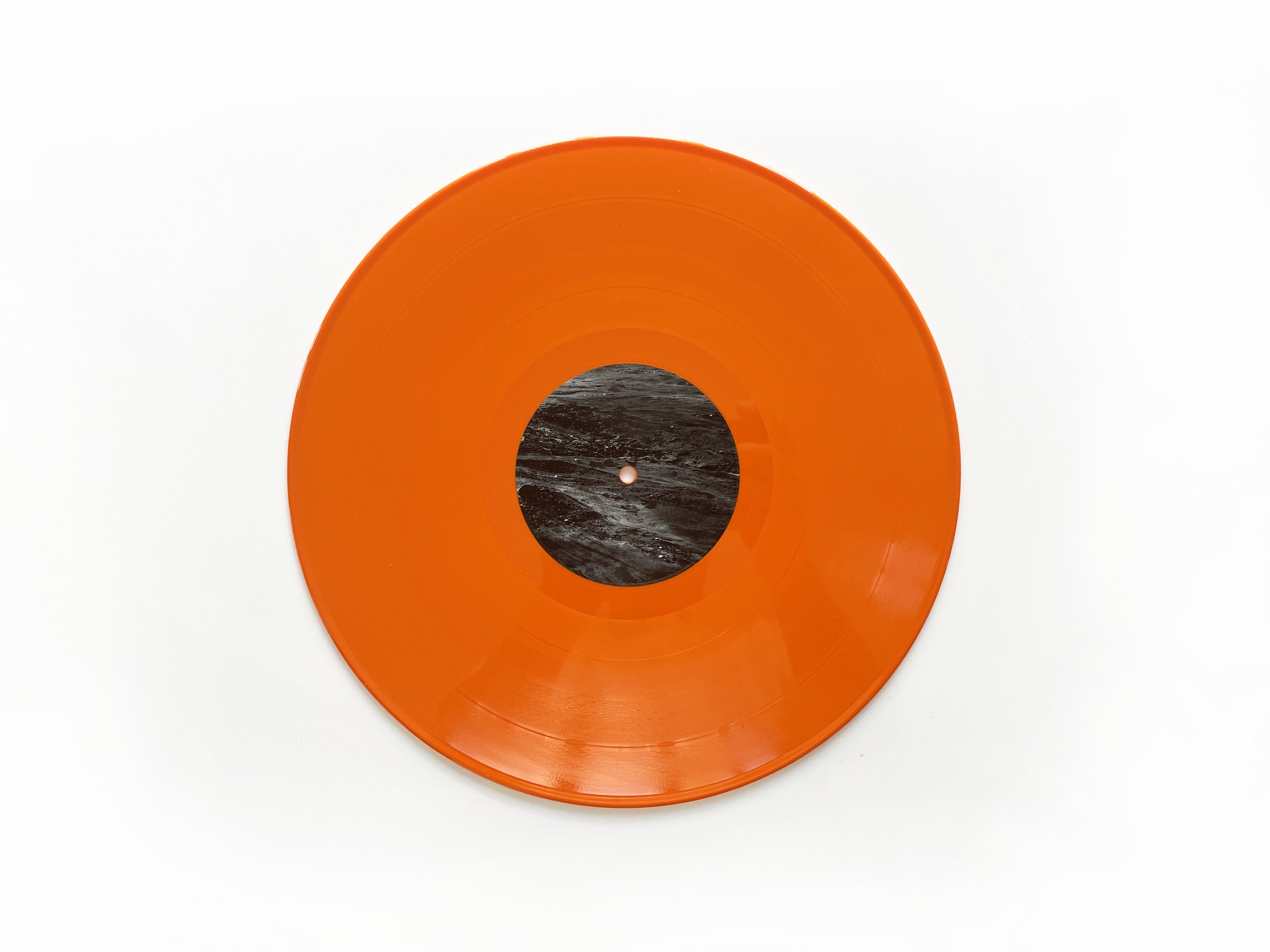
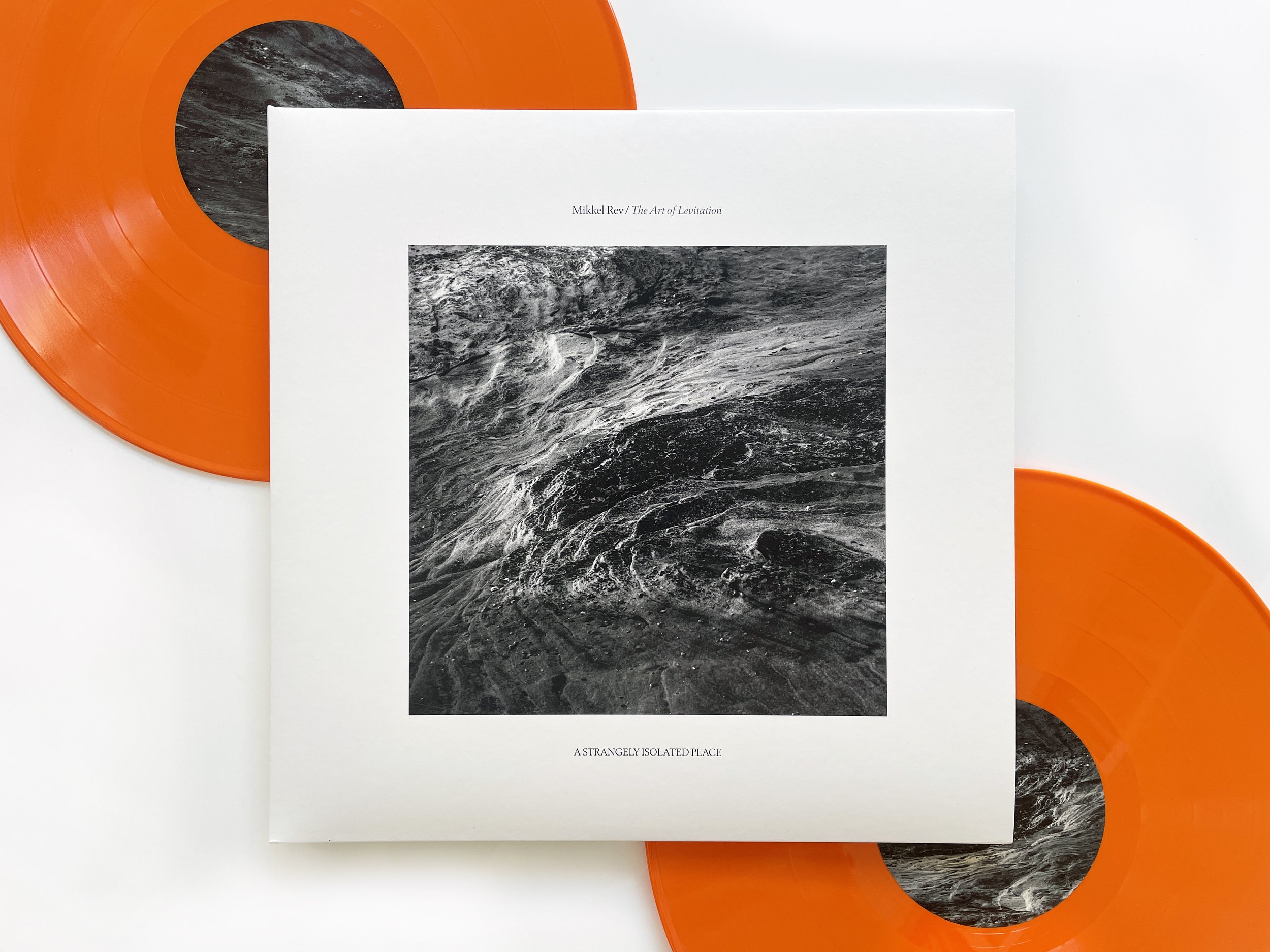

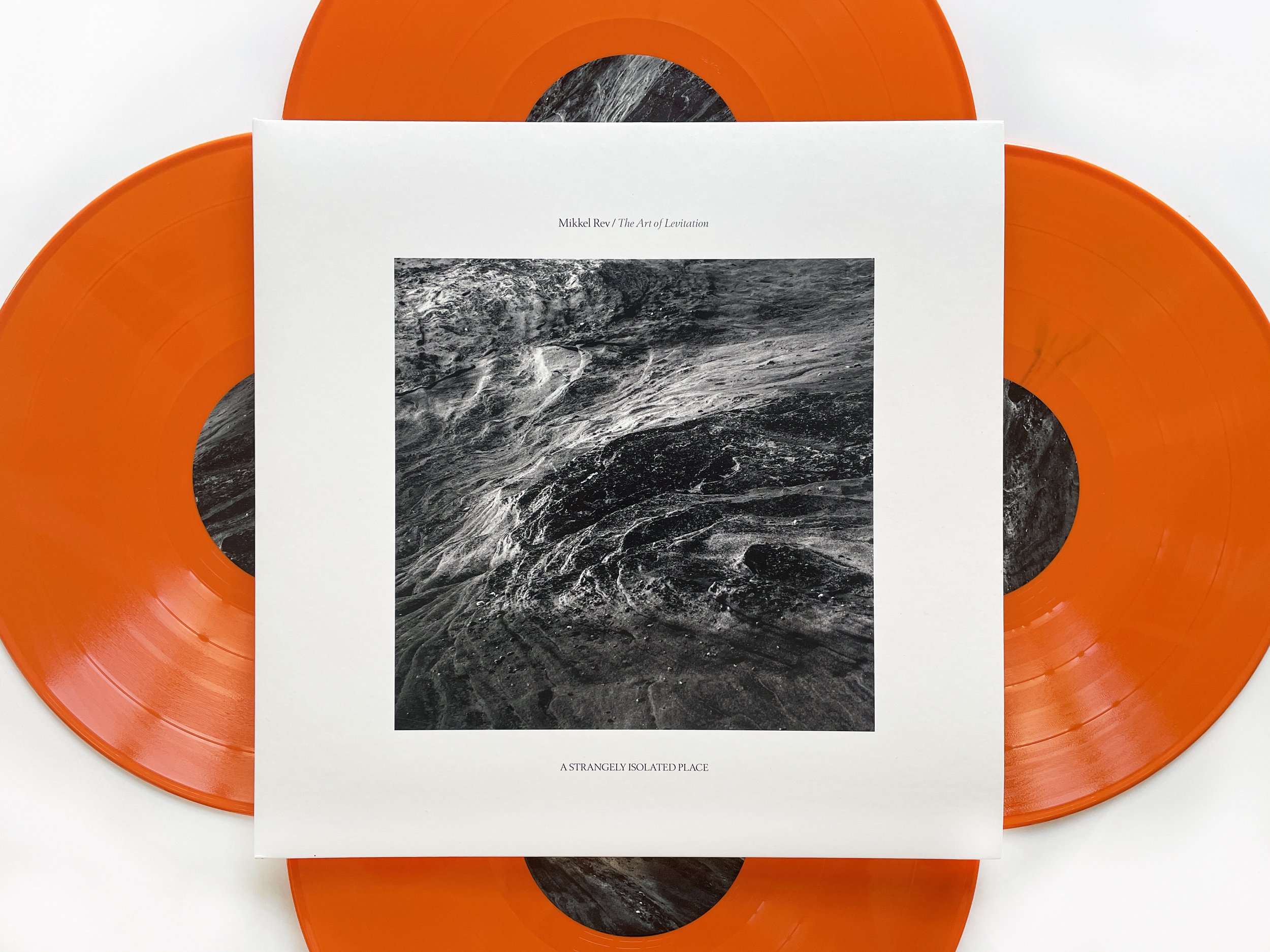
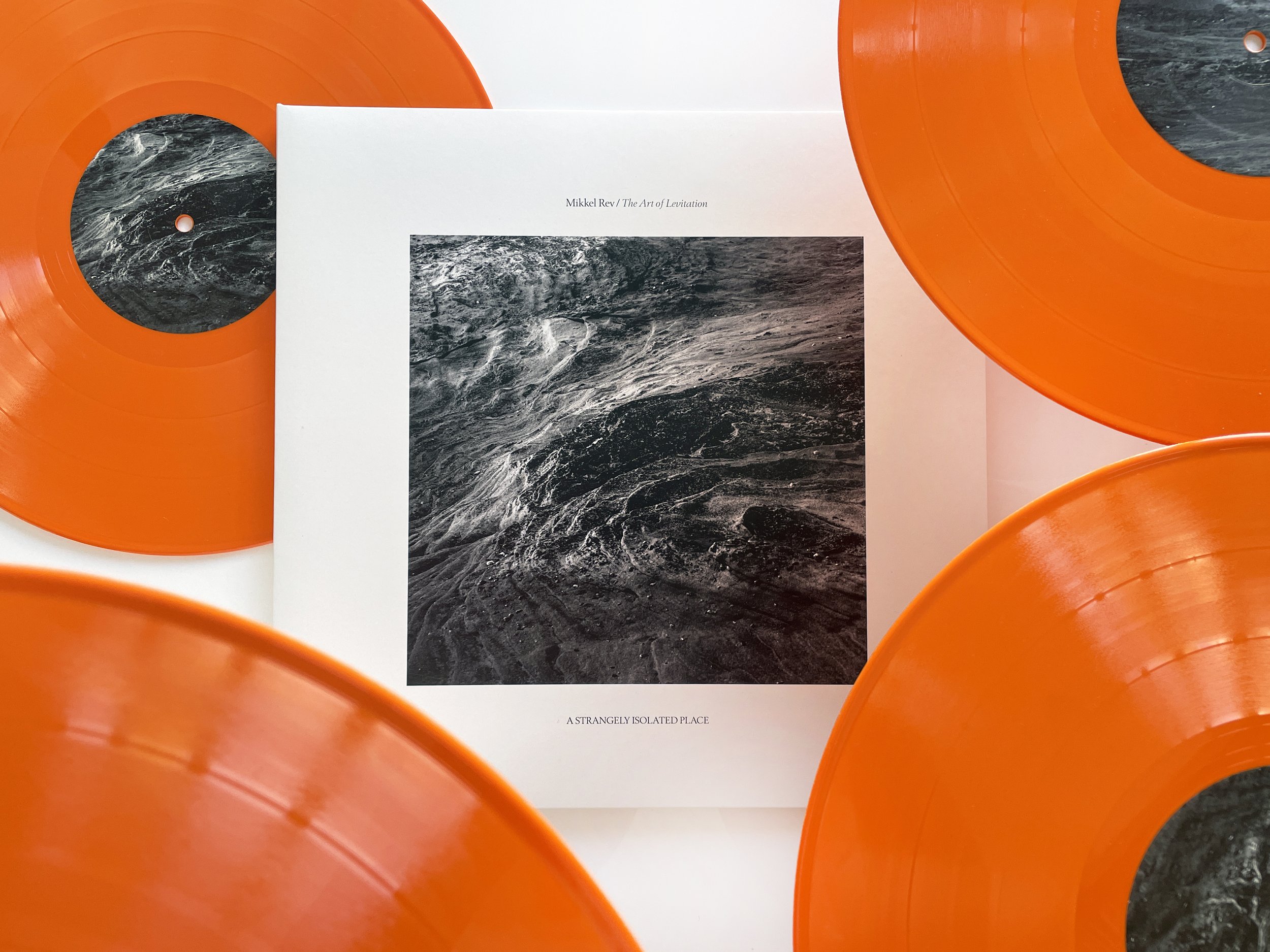










Many of you may know I am a big fan of trance music. The Portals feature alongside todos is probably a big giveaway, but I grew up on the stuff. So it’s a very proud moment to have a record on ASIP that definitely… goes there. Amongst the variety of approaches and styles on this record, Mikkel has truly conjured up some magical moments, and whilst it may not all be high-energy euphoria, it’s definitely all euphoria.
~
Norwegian producer Mikkel Rev debuts on A Strangely Isolated Place with his most accomplished album to date; traversing nostalgic chillout, slow-burning downtempo, and euphoric trance, in a similar approach to the diverse styles found within the early pioneering electronic ambient albums of the ‘90s.
As part of the growing label collective Ute Records, Mikkel Rev can often be found entertaining uninhibited ravers amongst the forests of Norway, where he and his label mates are spearheading one of the many so-called Trance revivals. Just as comfortable releasing high-energy 140bpm electronic music alongside Filip Storsveen as Omformer, or creating expansive space-ambient pieces on the flip for the Sinensis label, The Art of Levitation is the perfect gateway into the diverse array of electronic music to emerge from the world of Mikkel Rev.
Moving through various energies and BPMs, The Art of Levitation is clearly vivid in approach and concept, based on track titles and art alone. In a similar parallel to the main room and the chillout room often found at raves, the album invites you to take a journey through both over time. Touching on moments of early electronic ambient, to begin with, it soon evolves into a blissful beat-driven progressive chapter, culminating in a nostalgic nod to the very best moments Trance music has to offer. The ending can be found in the back room, as the journey finally tails in to a more emotional point of reflection.
The Art of Levitation is a mirror to the feelings created, the friends made, the dance floor antics witnessed, and nostalgic moments earned, by everyone who experienced the spectrum of energy and euphoria electronic music can offer during those special times.
The Art of Levitation is available on March 20th, on Gatefold orange 2LP, plus digital. Featuring artwork photography by Wendy Carroll and mastered by Andreas Lupo Lubich.

